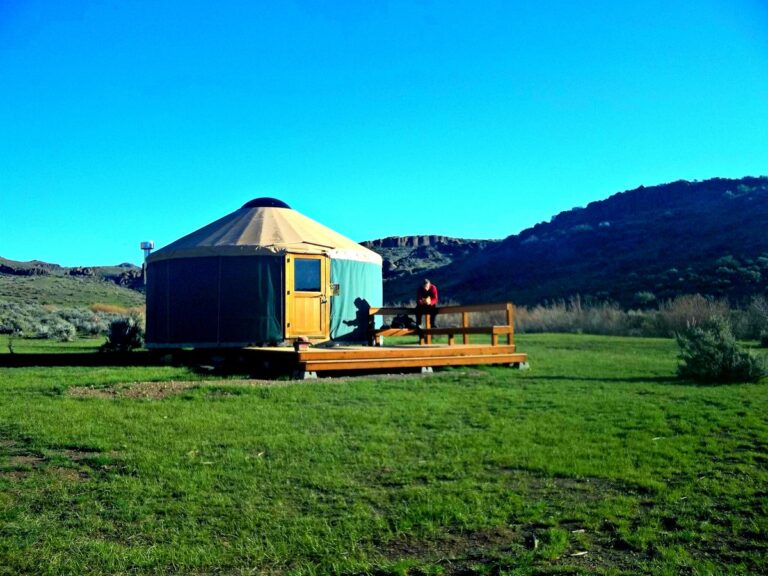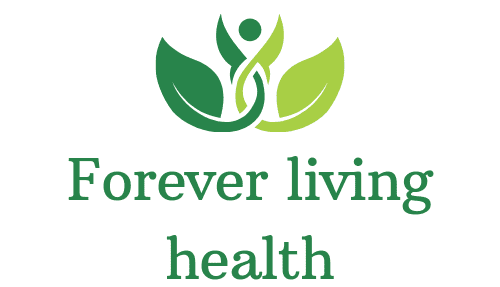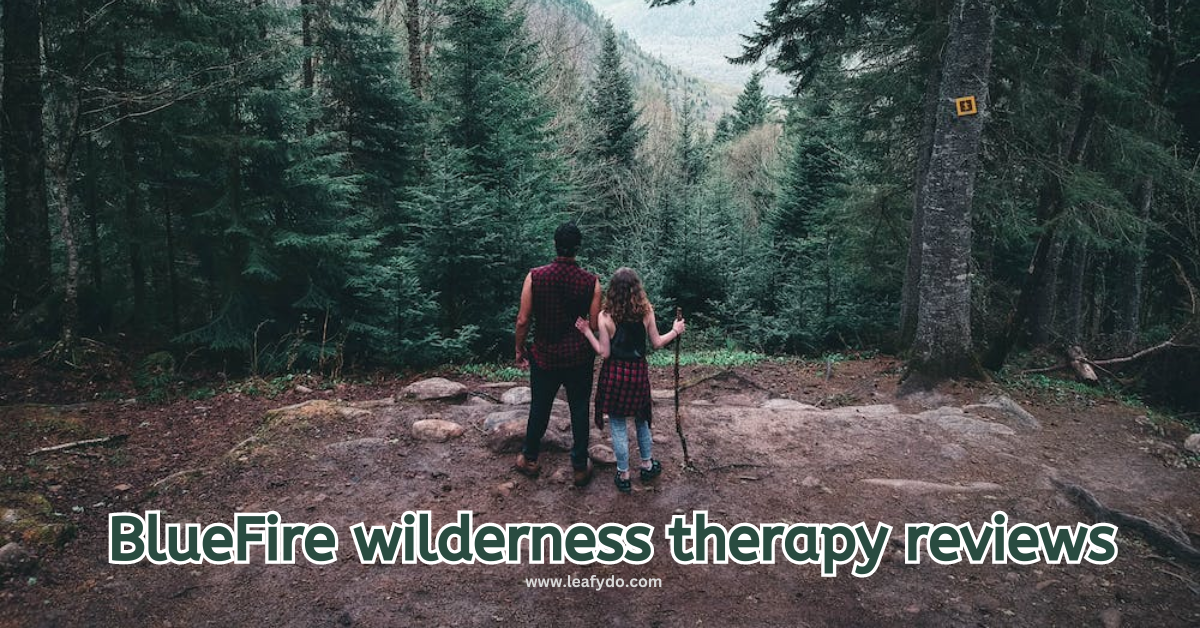Introduction to Bluefire Wilderness Therapy
In the realm of therapeutic interventions, wilderness therapy has emerged as a compelling option for individuals struggling with various challenges. Bluefire Wilderness Therapy stands out as a prominent player in this field, offering a unique blend of wilderness experiences and therapeutic interventions. Let’s delve deeper into what sets Bluefire apart and explore the truth behind the hype surrounding this innovative therapy program.
Table of Contents

Understanding the Hype
Therapy programs often garner hype due to their potential to bring about profound transformations in participants’ lives. Bluefire Wilderness Therapy is no exception. With its holistic approach and promising outcomes, it has captured the attention of many seeking therapeutic solutions in a natural setting. But what exactly fuels this hype, and is it warranted?
What Sets Bluefire Apart?
Bluefire Wilderness Therapy distinguishes itself through its tailored approach to each participant’s needs. By integrating adventure-based experiences with evidence-based therapy modalities, Bluefire creates a supportive environment conducive to personal growth and healing. Countless success stories and glowing testimonials attest to the effectiveness of this approach.
Exploring the Effectiveness
Research in the field of wilderness therapy consistently highlights its efficacy in addressing a wide range of issues, from substance abuse to behavioral disorders. Bluefire Wilderness Therapy aligns with this evidence, showcasing notable success rates and transformative outcomes for its participants. Through rigorous evaluation and personalized treatment plans, Bluefire ensures that each individual receives the support they need to thrive.
Criticism and Controversies
Despite its acclaim, wilderness therapy, including Bluefire, is not immune to criticism and controversy. Skeptics question its safety, long-term effectiveness, and ethical considerations. However, proponents argue that when conducted responsibly and ethically, wilderness therapy can be a powerful tool for personal growth and healing. Bluefire Wilderness Therapy actively addresses concerns and prioritizes participant safety and well-being.
Cost and Accessibility
One common concern surrounding therapy programs like Bluefire is their cost and accessibility. While it’s true that wilderness therapy can be a significant investment, many families find that the long-term benefits far outweigh the financial commitment. Bluefire offers various financial options and strives to make its programs accessible to those in need.
Expert Opinions
Therapists and professionals in the field of mental health often praise the effectiveness of wilderness therapy, including Bluefire. Their insights and endorsements provide valuable reassurance for individuals and families considering this form of treatment. With their expertise, they shed light on the unique benefits that wilderness therapy can offer.
Real-Life Experiences
The true measure of any therapy program lies in the experiences of those who have participated. Personal stories from past participants and their families offer a glimpse into the transformative journey facilitated by Bluefire Wilderness Therapy. These narratives underscore the program’s impact on individuals and families alike.
Safety Measures and Protocols
Safety is paramount in wilderness therapy, and Bluefire maintains stringent safety measures and protocols to ensure participant well-being. From trained staff to comprehensive risk management strategies, every aspect of the program prioritizes safety without compromising the therapeutic experience.
Long-Term Benefits
The benefits of wilderness therapy extend far beyond the duration of the program. Participants often report long-lasting improvements in self-esteem, resilience, and interpersonal skills. Bluefire emphasizes post-program support to help individuals integrate their newfound skills and insights into their daily lives.
Addressing Common Concerns
Addressing concerns and misconceptions is essential in helping individuals make informed decisions about therapy options. Bluefire takes proactive steps to address common concerns, providing clarity on its approach, safety measures, and expected outcomes. By fostering open communication, Bluefire strives to build trust and confidence among potential participants and their families.
Choosing the Right Program
Selecting the right therapy program is a crucial decision that can significantly impact one’s healing journey. Factors such as program philosophy, staff expertise, and location play vital roles in this decision-making process. Bluefire Wilderness Therapy stands out as a reputable choice, offering a comprehensive approach tailored to each individual’s needs.
Testimonials and Reviews
The experiences of past participants and their families serve as powerful testimonials to the effectiveness of Bluefire Wilderness Therapy. Positive reviews highlight the program’s transformative impact and the dedication of its staff. These firsthand accounts offer valuable insights for those considering embarking on their own wilderness therapy journey.
Conclusion: Unveiling the Truth
In conclusion, Bluefire Wilderness Therapy emerges as a beacon of hope for individuals seeking healing and personal growth. Through its innovative approach, evidence-based practices, and unwavering commitment to participant well-being, Bluefire has earned its reputation as a trusted leader in the field of wilderness therapy. The truth behind the hype lies in the countless lives transformed and the enduring impact of this remarkable program.
FAQs
What ages does Bluefire Wilderness Therapy cater to? Bluefire offers programs for adolescents and young adults aged 11-17 and 18-28.
Is Bluefire Wilderness Therapy covered by insurance? Bluefire works with many insurance providers to help offset the cost of therapy. Coverage may vary depending on individual policies.
How long does the program typically last? The duration of the program varies depending on the individual’s needs and progress but generally ranges from 6 to 10 weeks.
Are there any specific medical requirements for participation? Participants should generally be in good physical health, but specific medical requirements may vary based on the individual’s needs and circumstances.
Can families be involved in the therapy process? Yes, family involvement is encouraged and can play a significant role in the participant’s healing journey. Bluefire offers family therapy sessions and support for families throughout the program.

